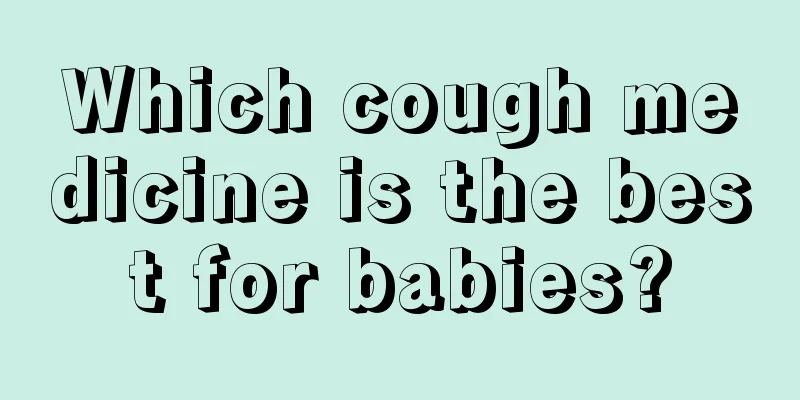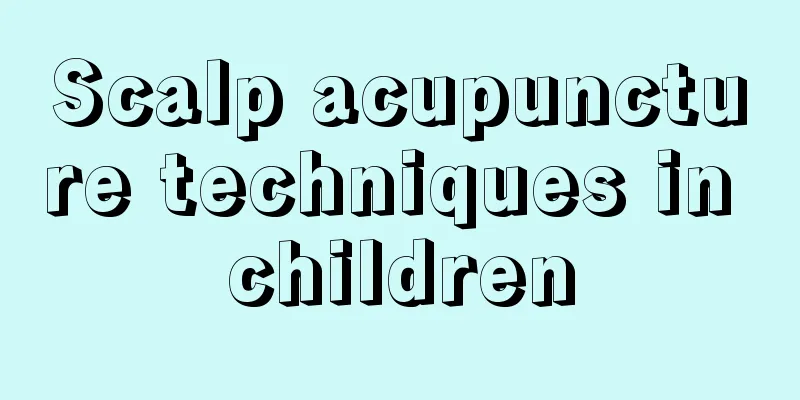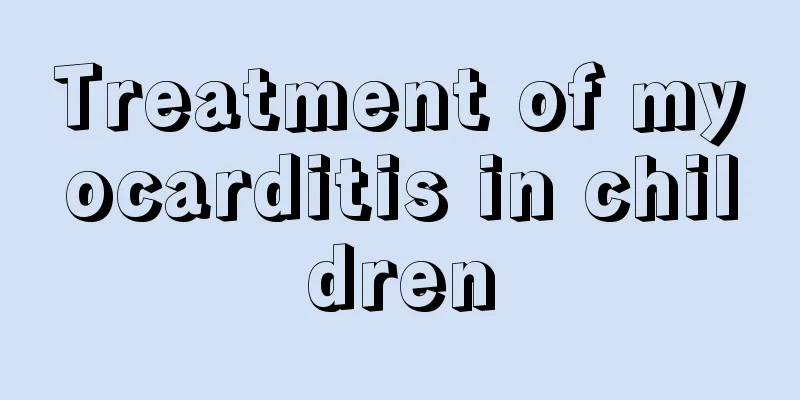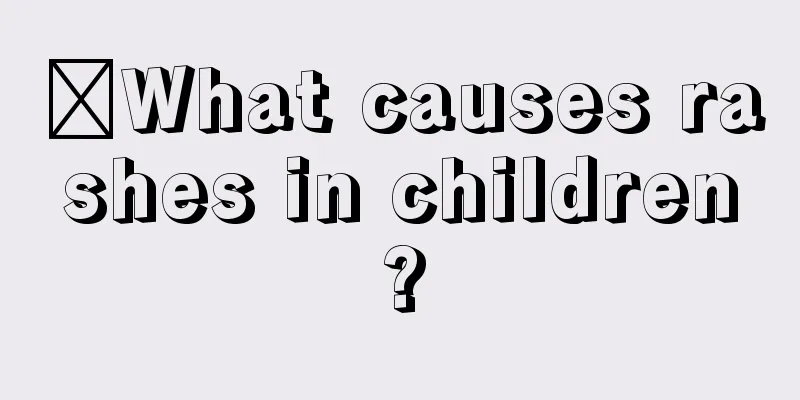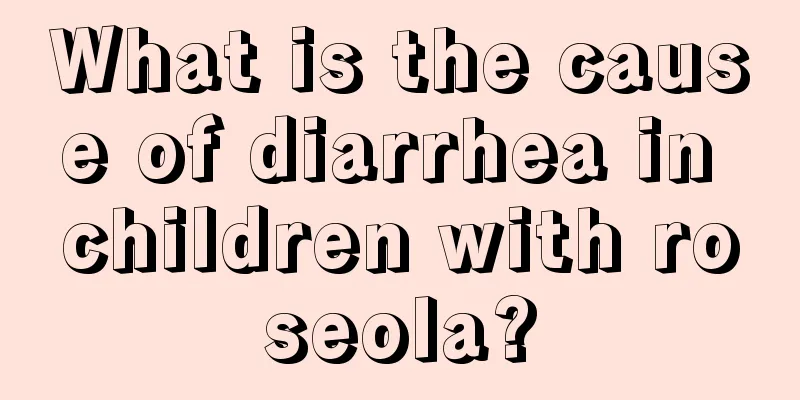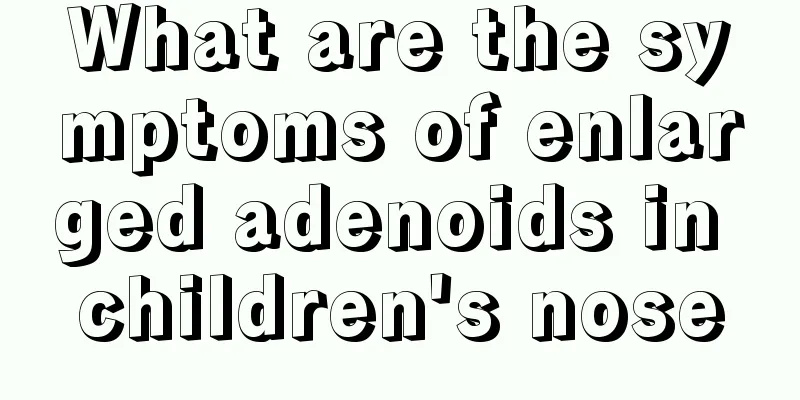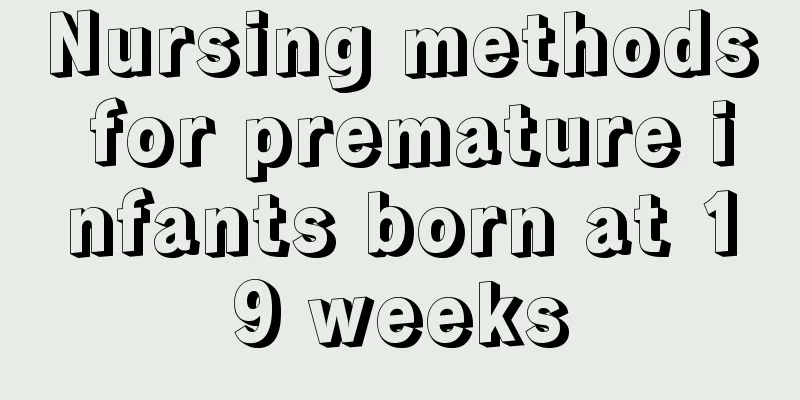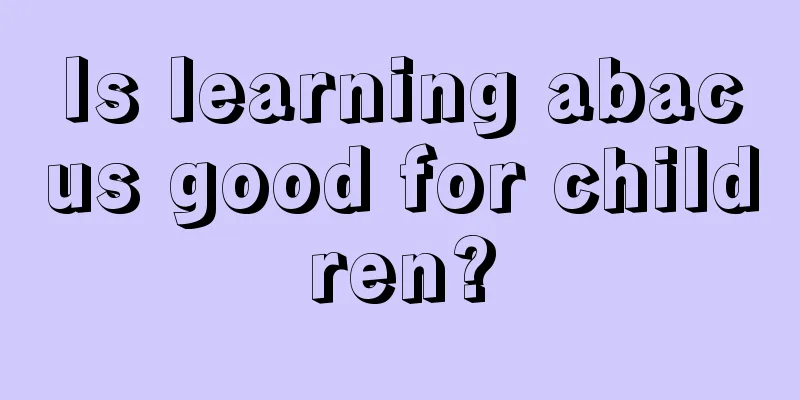What to do if your child is wheezing
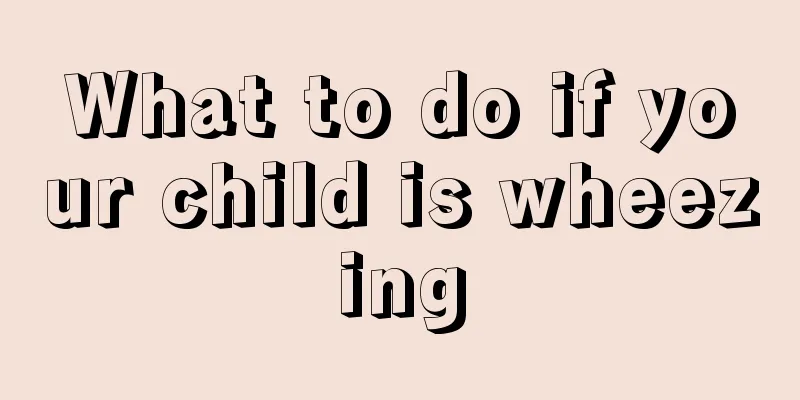
|
Children have relatively weak physical resistance and will catch a cold and get sick if not properly cared for. Adults will be anxious and children will also be in pain, so parents should take good care of their children. Some diseases occur suddenly, while others are caused by complications. Children's laryngeal wheezing is a very distressing condition for parents. Some are mild and some are severe. When a child has asthma, good care must be taken, otherwise there will be certain risks. But what should you do if a child has wheezing? If the symptoms are not severe, congenital laryngitis can usually heal itself by the age of 2 to 3 years. Therefore, the family members can be advised to put their concerns aside and pay attention to preventing cold and fright to avoid respiratory tract infections and laryngeal spasms, which will aggravate laryngeal obstruction. If the attack is severe and breathing is difficult, the baby's position can be adjusted. Placing the baby in a side-lying position can alleviate the symptoms. Occasionally, severe laryngeal obstruction may require tracheotomy. If a child suffers from this disease, he should be sent to the hospital for diagnosis and treatment in time. In addition to controlling the infection in time, attention should also be paid to the correction of malnutrition and electrolytes. If treated properly, laryngeal wheezing will usually disappear naturally around the age of 2. For children, it may be very important to get more sun exposure, strengthen their physical fitness and prevent colds. First, don't be afraid of this disease, because as the age increases, the laryngeal space will gradually increase and the laryngeal cartilage will develop well. For most children, this sound will disappear when they are about 2 years old. Second, we must take good care of our children to avoid infections such as tracheitis, laryngitis and pneumonia. Third, let children get more sun exposure, do more outdoor activities, and give them calcium tablets and vitamin D in time. Laryngeal stridor in children is mainly caused by incomplete development of laryngeal cartilage. However, the disease can be cured with regular and reasonable treatment, so parents do not need to worry too much. What is the cause of laryngeal wheezing in children? Some children will have laryngeal stridor around 2 months after birth, especially after catching a cold, the symptoms will be more obvious, and this situation is called laryngeal stridor in children. What is laryngeal stridor in children? Due to malnutrition during pregnancy and calcium deficiency in the fetus, the laryngeal cartilage becomes weak, and the negative pressure increases during inhalation, causing the two edges of the epiglottic cartilage to curl inward and touch each other. Or the epiglottic cartilage is too large and soft, and the two sides of the aryepiglottic folds approach each other, causing the laryngeal cavity to narrow and vibrate like a valve, resulting in laryngeal sound. Inspiratory arytenoid prolapse is another cause. The phonation in this type of child is not caused by weak laryngeal cartilages, but rather by the fact that the arytenoid cartilages rotate forward and downward during inhalation, and the loose tissue on them protrudes toward the front of the glottis, blocking the glottis and causing phonation. The main symptoms are depression of the suprasternal fossa and laryngeal wheezing during inhalation. The wheezing may be intermittent or continuous. In severe cases, the symptoms are obvious when falling asleep or crying, but the crying sounds normal and not hoarse. In most cases, as people age, laryngeal softening improves, the laryngeal space increases, and the symptoms gradually improve and disappear. This disease requires careful care, including more sun exposure, timely supplementation of calcium and vitamin D, and prevention of respiratory tract infections and laryngeal inflammation. Parents do not need to worry too much about laryngeal wheezing in children. As long as they find the correct and reasonable treatment method, they can help patients relieve the symptoms. Mild cases do not require treatment. |
<<: What should I do if I get frostbite and red blood streaks when I am a child?
>>: What should I do if my baby has gastroenteritis and vomits but not diarrhea?
Recommend
What is the first aid method for a child drowning?
Many parents will let their babies start swimming...
Can children eat grapefruit?
Autumn and winter are here, and grapefruit and ot...
Hernia reduction in children
Children are very prone to hernia. Since they cry...
Three-year-old baby recipes
When it comes to the diet for three-year-old babi...
What should I do if my baby has a bad temper?
In life, careful parents will find that the baby’...
What if the baby doesn't have teeth at eleven months old?
Teething is a stage that babies must go through i...
What should I do if my baby's breathing sounds like phlegm?
Many mothers have encountered this situation when...
What are the symptoms of a child's heart disease?
Children with heart problems are a problem that p...
The dangers of not sleeping in separate beds at the age of 9
Children sleep with their parents from birth so t...
Why does a child suck his lower lip?
Although some movements of babies seem very cute ...
Treatment of viral enteritis in children
Viral enteritis is a serious intestinal disease t...
Can children with hand, foot and mouth disease drink milk?
Hand, foot and mouth disease is very easy to occu...
Why does my baby have white hair?
Nowadays, many teenagers have gray hair due to ac...
What causes children's swollen hands and feet?
Swelling of hands and feet is not only common in ...
Signs that babies are always hungry
There are many babies who are always hungry, so p...

